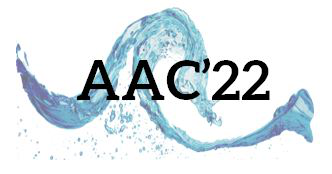Speaker
Description
The extremely high electric fields sustainable by a plasma make the Laser Wakefield Acceleration (LWFA) the most compact technique to generate very highly relativistic electron beams up to the GeV regime. The limited repetition rate and low efficiency of this technology has, to date, prevented to unleash its full potential as a unique source for basic research, biomedical applications and high flux sources of secondary radiations as hard x-rays and gamma-rays. In recent years a new direction emerged showing the possibility to accelerate electron beams at 1 kHz repetition rate. All these works are based on commercial lasers, requiring laser pulse compression to single-cycle by fiber technology, having limits in terms of maximum available laser pulse energy and achievable electron beam energy.
Here I will show the generation of very collimated (2 mrad) relativistic quasi-monoenergetic (< 30% energy spread) electron beams accelerated to the highest energy (up to 50 MeV) ever reached up to date with a kHz laser. Said innovative results have been achieved in the new Laser Wakefield ALFA platform for user experiments, that has been fully integrated to the in-house developed L1-Allegra 1 kHz multi-cycle (15 fs FWHM) laser system. The acceleration was driven by 1,7 TW pulses but, thanks to its modular OPCPA (Optical Parametric Chirped Pulse Amplification) design, the system is scalable to above 5 TW. I will introduce both the laser and the ALFA platform with related diagnostics.
The electron beams reported in this work are a step forward towards the development of in-demand high brilliance X-ray sources for medical imaging, high dose rate machines for radiotherapy based on high energy electrons, and to the future realization of a kHz 1 GeV electron beamline.

